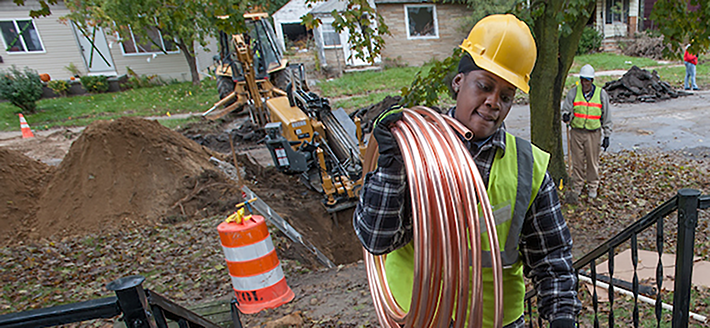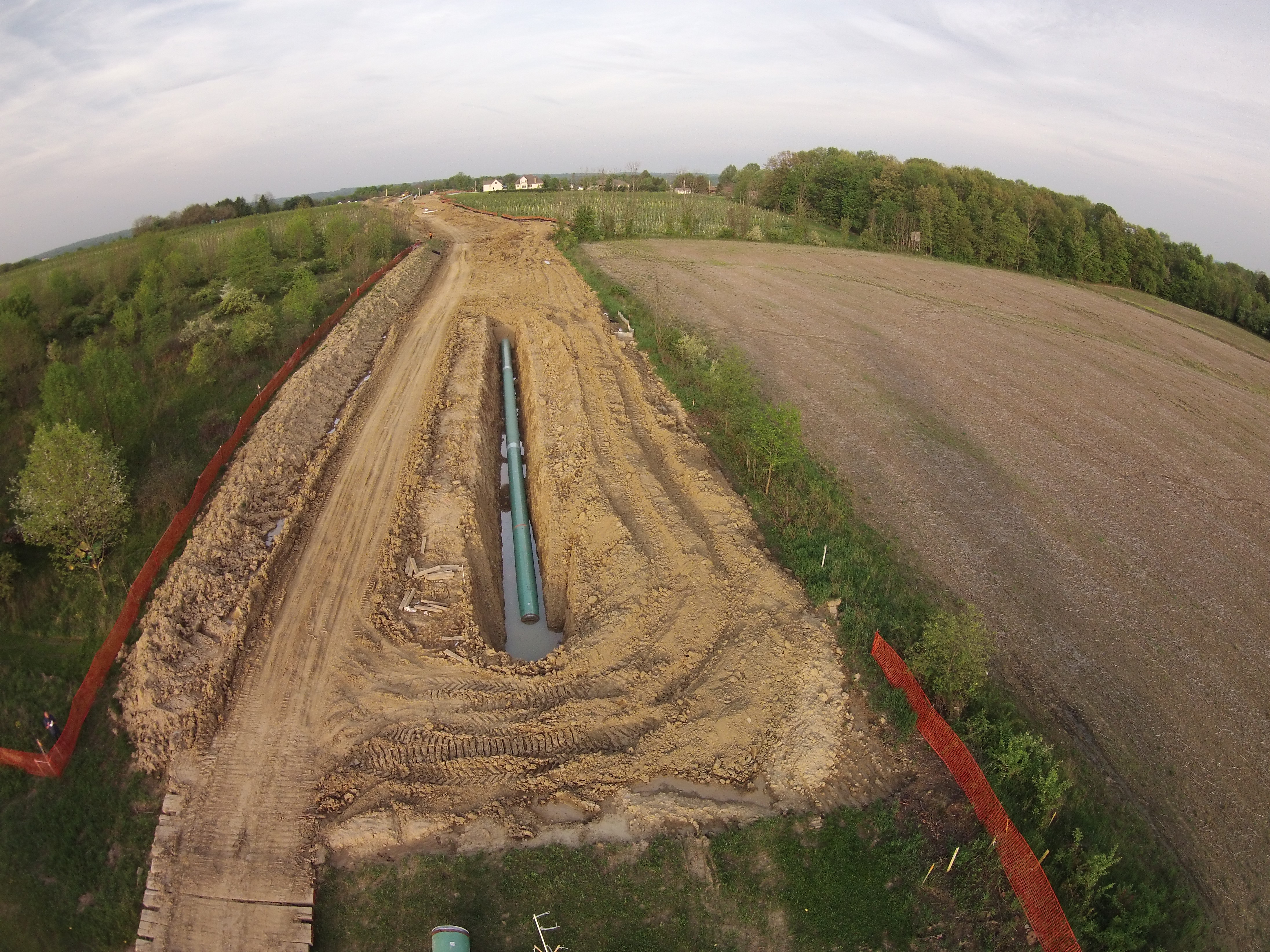Ohio’s lead lines are hazardous to its users – here’s what to do
According to the Natural Resources Defense Council, Ohio currently has 650,000 lead lines throughout the state. The state comes in a close second to Illinois, with 679,292 lines. Lead lines pose serious health risks for those who consume the water, however, there are steps homeowners can take to protect themselves.
How lead gets in drinking water
Lead can enter drinking water in a variety of ways. It can come from service lines – when a home’s plumbing is directly connected to a water main. It can also contaminate lead goosenecks, pipes that connect to a home’s plumbing to its service line.
Lead can contaminate galvanized pipes and copper pipes with lead solder. This happens when the water has high levels of acidity or low mineral content, causing pipes to corrode. Additionally, lead get can get into drinking water via contaminated faucets and fixtures.
Lead pipes are most commonly found in older cities and homes built before 1986.
Health risks associated with lead exposure
Lead exposure can harm people of all ages. But it impacts children most severely causing developmental difficulties.
“So, it’s detrimental for a lot of different health reasons, but especially for children under age six. It interferes with their brain development. We know it’s tied to things like intellectual or learning disabilities, behavioral problems that children might have IQ, among other health problems,” said Melanie Houston, drinking water director at the Ohio Environmental Council.
The Centers for Disease Control and Prevention recommends seeking medical attention when the lead level in a child’s blood exceeds 3.5 micrograms per deciliter.
Adults can suffer from cardiovascular, reproductive and kidney issues after accumulating lead in their bodies.
Pregnant women release lead from their bones to help form the fetus’ bones. Lead can also be released through the placental barrier resulting in an underdeveloped fetus and/or premature birth.
How Ohioans can reduce lead exposure via drinking water
Houston participates in the Ohio Lead Free Kids Coalition on behalf of the Ohio Environmental Council. She said the coalition worked to secure $20 million in funding to replace the state’s lead lines, but these grants won’t be distributed until 2022.
In the meantime, Homeowners can have their water tested for lead by contacting their local supplier. If lead is detected in the water, it must be filtered.
Homeowners can purchase a Brita filter or a point-of-use filter, that hooks onto the faucet or connects under the sink. Also, refrigerators with ice dispensers supply filtered water. However, Houston said that this may not be an option for everyone.
“This is definitely an environmental justice issue. People who are living in housing that is substandard and where they don’t have control over the repairs or resources to do the repairs, it puts people in a vulnerable position. If you’re living in a rental situation, and you have a landlord who isn’t tending to that, and you complain, people could face eviction.”
For those in similar circumstances, using cold water to drink or cook reduces the concentration of lead.


